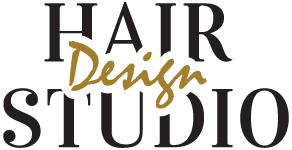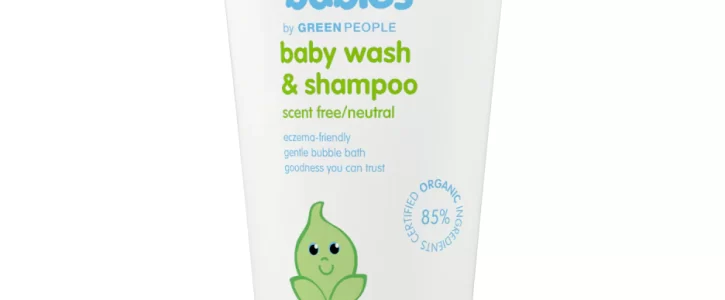It’s good advice to get children used to haircare from a young age – and to avoid making it a dreaded chore for both you and your child. But first, let’s take a quick look at hair and scalp care for babies.
Baby talk
Washing baby’s hair will usually be done as part of their bathing routine. Remember that you should use only plain warm water on new-borns.
After about four to six weeks, you can start to use unperfumed baby bath products, but use them very sparingly to avoid damaging baby’s skin. If your baby has lots of hair (some grow their hair much later than others, so don’t worry if none has appeared yet) you can use a small drop of very mild shampoo such as https://www.greenpeople.co.uk/products/organic-babies-baby-wash-shampoo-scent-free-150ml
“Never rub your baby’s head with a towel or use a hairdryer as the skin is very delicate. Their hair is very fine and will dry quickly if left.”
Coping with cradle cap
Your baby may have ‘cradle cap’. Don’t worry, it’s a harmless and very common condition in babies. Look out for white or yellow scales on the scalp that may be greasy. On darker-coloured skin the scalp may look pink with white or grey scales.
You can:
Gently rub baby oil into the scalp to loosen the scales, then rinse it off with warm water and pat dry. Use a soft brush to gently brush your baby’s scalp and then wash it with baby shampoo.
Hair may come away with the scales, but don’t panic as it will soon grow back.
However, if your baby’s scalp looks red or might be infected or the cradle cap spreads to the face or body always speak to your doctor or other healthcare professional.
Child haircare at home: getting the basics right
Tangled hair and eye-stinging shampoo are two of the main reasons why children don’t like having their hair washed. But there are ways to prevent hair washing from becoming a dreaded chore.
Here are a few of tried and tested top tips:
Make hair washing a fun one-to-one time with your child. Ensure pain-free detangling is a priority. Before washing, use a wide-toothed comb starting at the bottom of the hair and gradually working up towards the roots to get rid of any tangles. For seriously knotty hair, try some detangling or conditioning spray such as Use baby shampoo for children aged up to three. Apply a small amount to wet hair and gently massage into the scalp, working from the forehead to the back of the neck. Don’t pile longer hair on top of the head as this can cause tangles again. Use a little conditioner on the ends of longer hair. I like this one https://www.kevinmurphystore.com/kevin-murphy-un-tangled/?sku=26379&gclid=Cj0KCQjwvZCZBhCiARIsAPXbajtfygUVOovSQNxpX_iw3jeNfKcZt7tC2_nkP99V387zi-R5jIHE5RcaAmS1EALw_wcB.
Squeeze the hair with a towel after rinsing – but don’t rub as this can break the hair and cause those dreaded tangles. Comb out the hair starting at the tips and working towards the roots. A comb is gentler than a brush for children’s hair. Leave it to dry naturally (young skin is sensitive to heat, so avoid hairdryers).Soothing first-time salon nerves
“There are no hard and fast rules about when your child should have their first salon appointment” explains “Children’s hair grows at very different speeds.”
However, you can start getting them used to the salon environment by bringing them in for a visit before their first appointment and introducing them to the stylist who will be cutting their hair. You could also arrange to be there at the same time as another child is having their hair cut so they can see there is nothing to fear.
Also:
Find a fun story book about a child having their hair cut for the first time. Avoid the word ‘cut’ – instead, say ‘a trim’ or ‘a new hairstyle’. Take your child’s favourite toy with you on the day. Arrange a special post-haircut treat so your child associate’s appointments with a nice day out.
Do ask us about children’s haircuts, the best products to use and how to make your child’s first appointment as stress-free as possible. We’re here to help make haircare a pleasurable experience for both you and your child.


